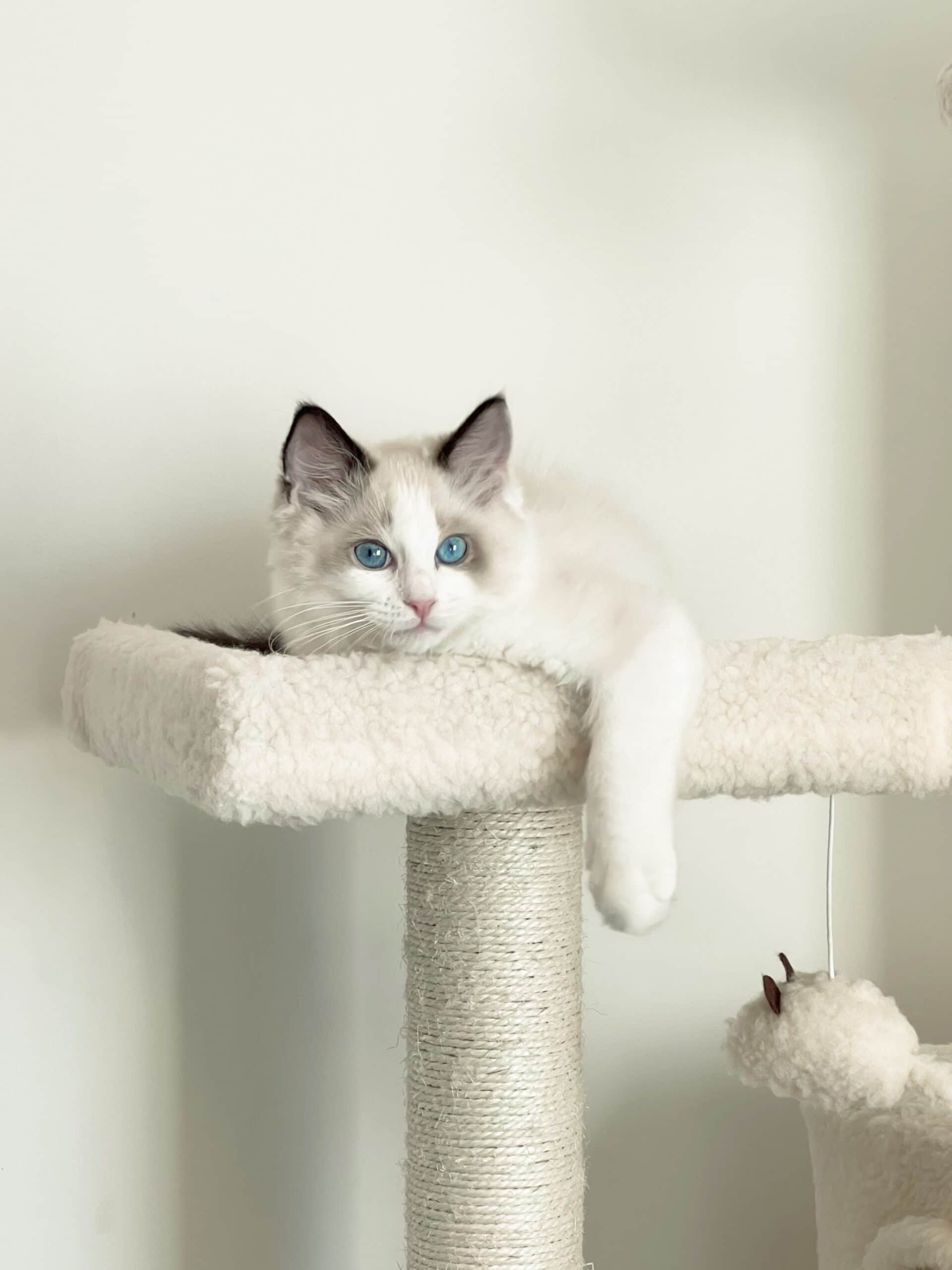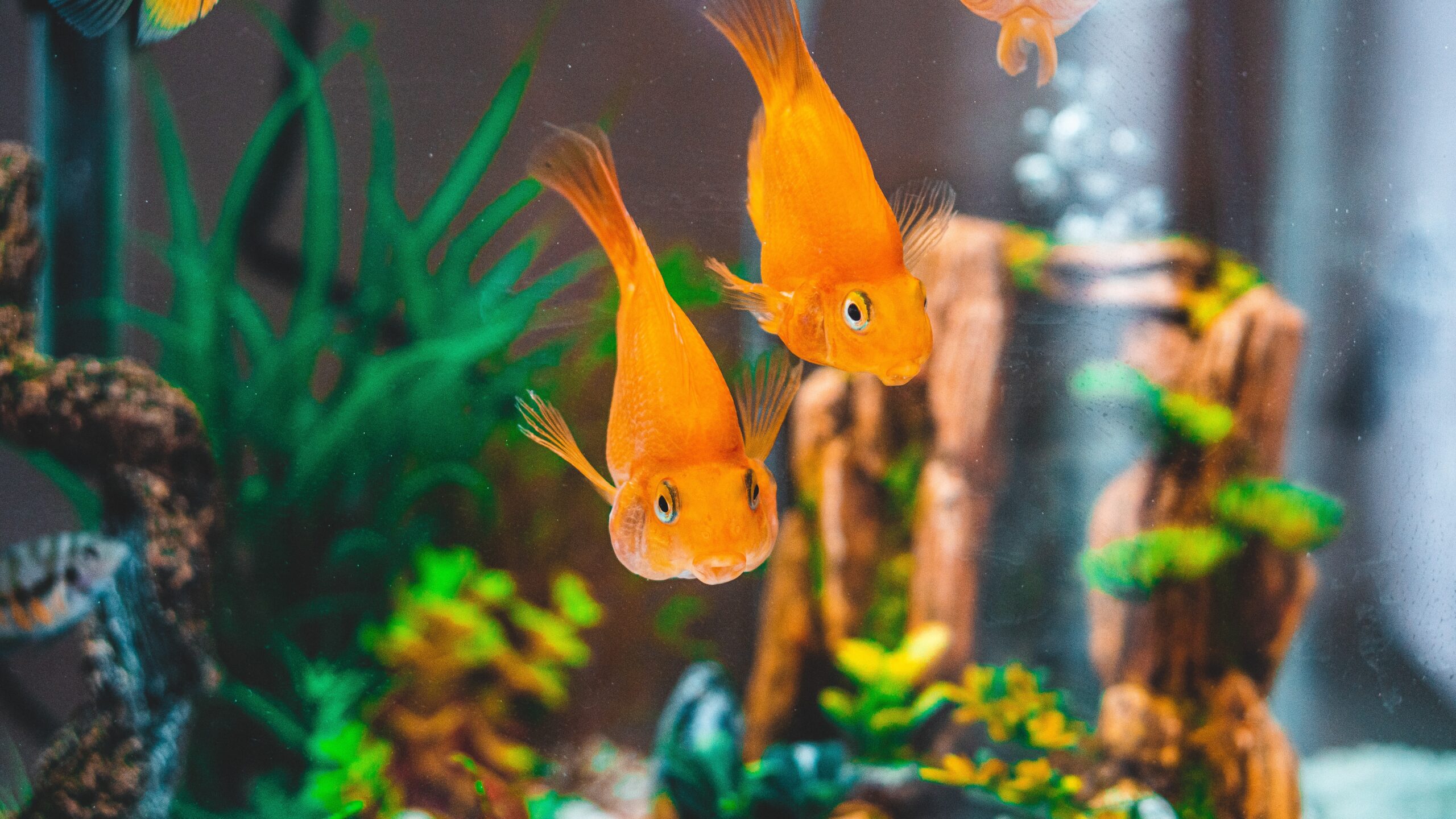As a pet owner, you are probably used to having your furry (or not so furry) friend around all the time. But what happens when you have to leave them alone? Whether it’s for work, school, or just running errands, there will be times when you can’t be with your pet. And while it’s perfectly natural to feel guilty about leaving them alone, it’s important to remember that most pets are perfectly capable of spending some time on their own.



The related articles in the blog are listed here:
- 10 Reasons for Kids to Have Pet
- 7 Best Suitable Pets for Kids
- Things to Consider before your Family First Pet
- Top 10 Best Dog Breeds for Toddlers
- What Is the top 5 Safe Family Dog?
Table of Contents
The Basics of “Alone Time” for Pets
What do we mean by pet alone time? Well, it’s pretty much similar with parenting, time that your kids / pet can spend alone without calling for mama. While some pets may enjoy having others around, most are perfectly content to spend some time themselves. Alone time can be good for them! It gives them a chance to relax and de-stress from all the hustle and bustle of daily life. Of course, how much “alone time” is appropriate for your pet will depend on several factors, including:
Factors of Pet Alone Time
- Age of the Pet: The younger the pet, the more time you need to spend with them, no matter the breed. Puppies and kittens, for example, will likely need more supervision than older animals. Other factors, such as whether the pet is house-trained, will also come into play.
- Size of the Pet: Generally speaking, larger pets need more space than smaller ones, which means that they may need more time to run around and explore their environment when you’re not home.
- Breed of the Pet: Some breeds are simply more independent than others. Cats, for example, are typically more independent than dogs. This means that they may be able to spend more time on their own without getting bored or restless.
- The Personality of the Pet: Even within the same breed, some pets are simply more independent than others. This is often due to genetics and cannot be changed.
How Much “Alone Time” is Too Much for Pets?
While there is no definitive answer to this question, it’s important to remember that all pets need interaction and stimulation. If you’re gone for too long, your pet may start to feel bored, anxious, or even depressed. This can lead to behavioral problems, such as chewing on furniture or urinating inside the house. So how do you know if you’re leaving your pet alone for too long? There are a few things to look out for, including:
- Excessive Barking or Meowing: If your pet is making noise for long periods when you’re not home, it is a sign that they’re bored or anxious.
- Destructive Behavior: When pets are chewing on furniture or urinating inside the house, it’s a sign that they’re not getting enough attention.
- Loss of Appetite: Have you noticed that your pet is eating less when you’re not around? This may be a sign of stress or anxiety.
- Withdrawal from Social Interaction: If your pet is normally friendly and outgoing but becomes withdrawn when you’re not around, it may be a sign that they’re not getting enough attention.
- Attempting to Escape From the House or Yard: You have a pet trying to escape every time you leave them alone. It’s a sign that they’re not comfortable being alone.
If you notice any of these behaviors, it’s important to reduce the amount of time your pet spends alone. This may mean hiring a dog walker or pet sitter or simply spending more time with them when you are home.
How Much Time You Need for Different Pets





As we’ve mentioned, the amount of time you need to spend with your pet will depend on a number of factors, including their age, size, breed, and personality. Here’s a closer look at how these factors play into the equation:
Time to spend with a Dog
Dogs are social animals that love companionship. This means that they generally do not do well when left alone for long periods of time. That’s especially true when you’re dealing with a young, small dog.
Puppies, for example, need a lot of attention and supervision. They may need to be taken out every few hours to use the bathroom and should not be alone for more than four hours at a time.
Adult dogs can usually hold it for longer periods of time, but they still shouldn’t be alone for more than eight hours. If you work long hours, it’s good to hire a dog walker or pet sitter to check in on your furry friend during the day.
Time to spend with a Cat
While cats are not as social as dogs, they still need some interaction and stimulation. Kittens, for example, should not be alone for more than two hours at a time. Adult cats can usually handle being alone for long periods, but they should not be alone for more than 12 hours.
If you work long hours, it’s a good idea to hire a pet sitter to check in on your kitty during the day. You may also want to consider getting a second cat, as they can provide companionship for each other when you’re not around.
Time to spend with a Fish
Fish are not social animals and do not need much interaction. They can usually alone for days or even weeks at a time without any problems. Of course, you’ll still need to feed them and keep their tank clean.
What’s more, depending on the size of your tank, you may need to hire someone to come and check on your fish while you’re away, especially true for large tanks built for exotic species of fish.
You also need to consider the type of food your fish consume and what intervals they need to eat. For example, goldfish eat more frequently than clownfish, so you can leave them alone for longer periods.
Time to spend with a Hamster
While they’re small and easy to feed, hamsters are pretty social, which means they do not do well when left alone for long periods of time. In fact, you should not leave your hamsters alone for more than 12 hours.
Half a day is the absolute maximum, but if you can come home during your lunch break or hire a pet sitter to check in on them, that’s even better.
Hamsters are also active at night, so if you work late hours, it’s important to make sure they have someone to interact with during the day. You may want to consider getting a second hamster or another type of pet that can keep them company.
Time to spend with a Parrot
Lastly, we have birds, another social animal that does not do well when left alone for long periods of time. Birds tend to become anxious, stressed, and depressed after being left alone.
Ideally, you should try to come home during your lunch break or hire a pet sitter to check in on them during the day. If that’s not possible, you may want to consider getting a second bird.
Closing Thoughts
As you can see, the amount of time you need to spend with your pet will vary depending on their age, size, breed, and personality. It’s important to consider these factors when deciding how much time you can realistically spend with your pet.
If you’re ever in doubt, it’s always better to err on the side of caution and hire a pet sitter or dog walker to help care for your furry friend while you’re away.
About Me
Hi, there. I am Lin. Together with my husband and two kids, we live in the beautiful Netherlands in Europe. I am dedicated to self-development, creating quality time for the whole family, and fully supporting kids with their potentials with all I have learned from engineering, MBA, and 10+ years of working experience in the energy sector.



6 Comments
Comments are closed.